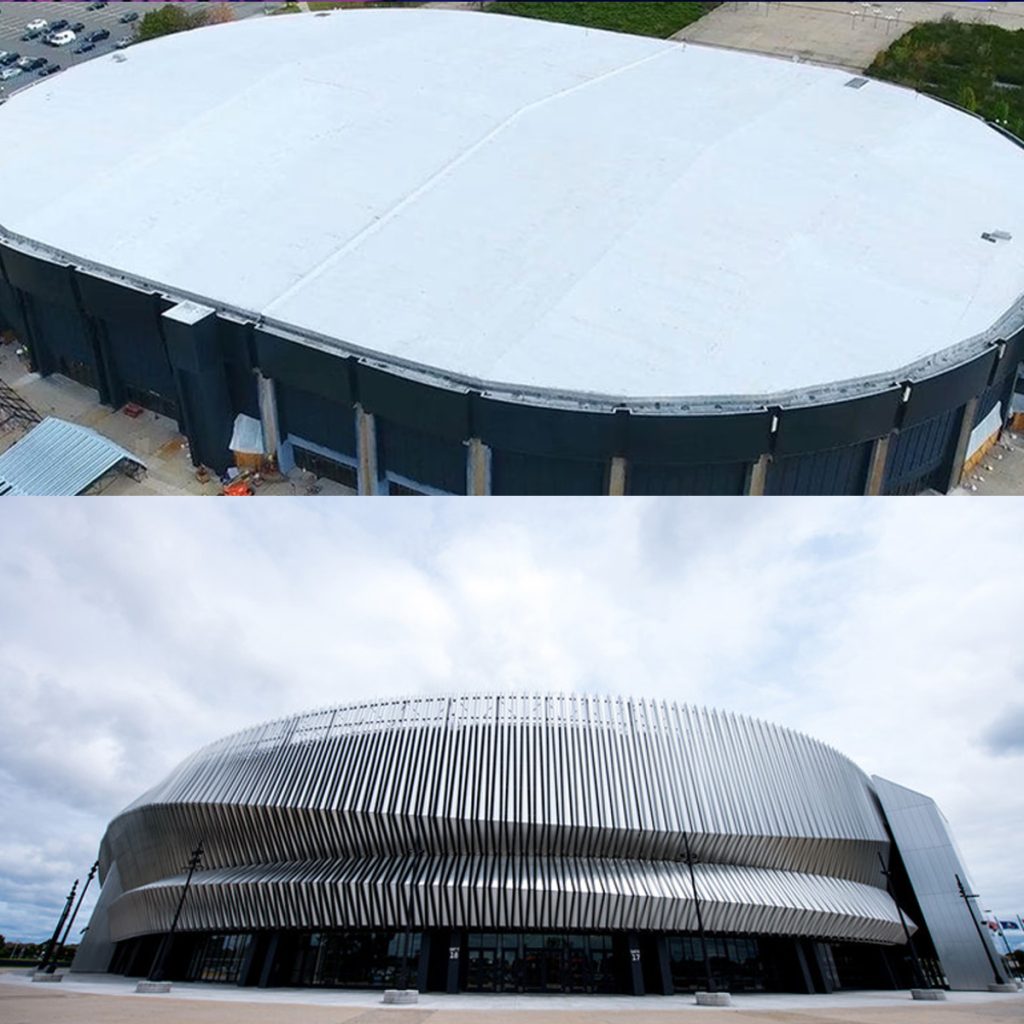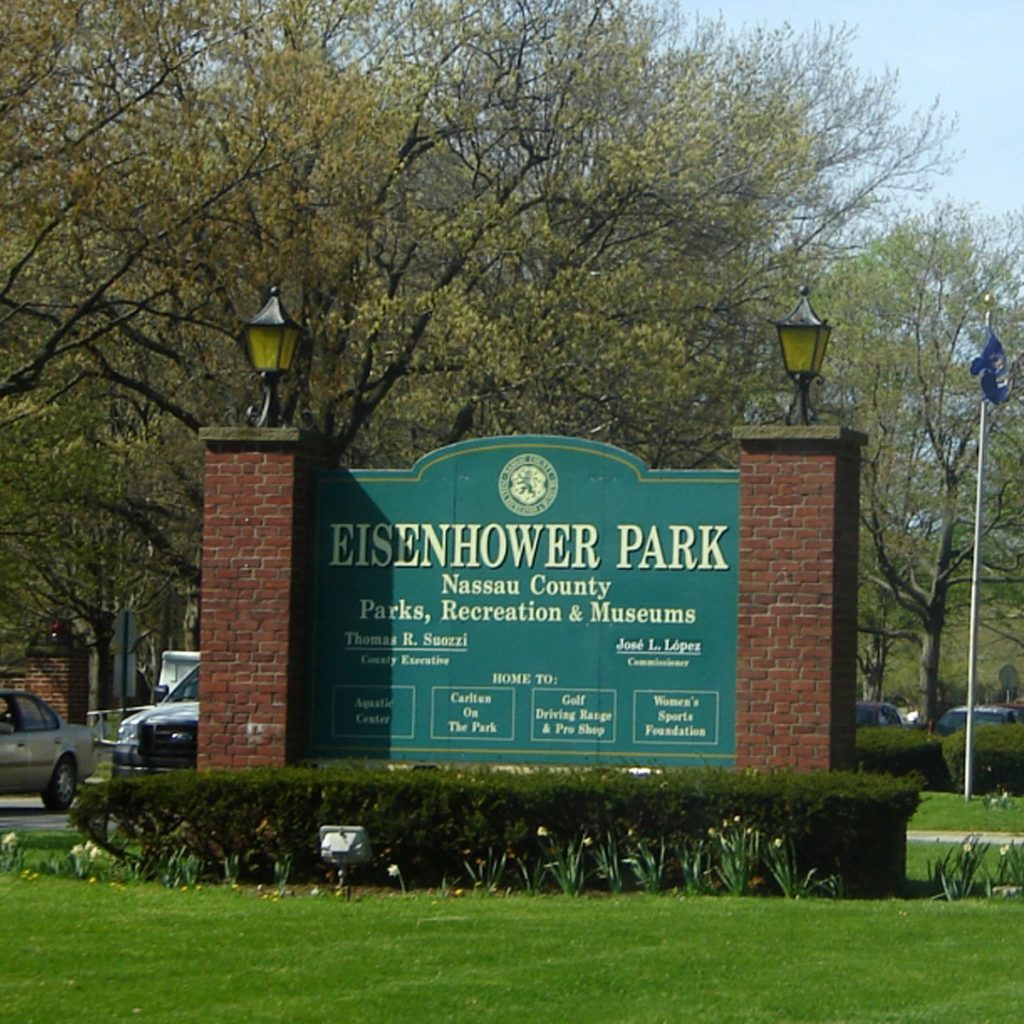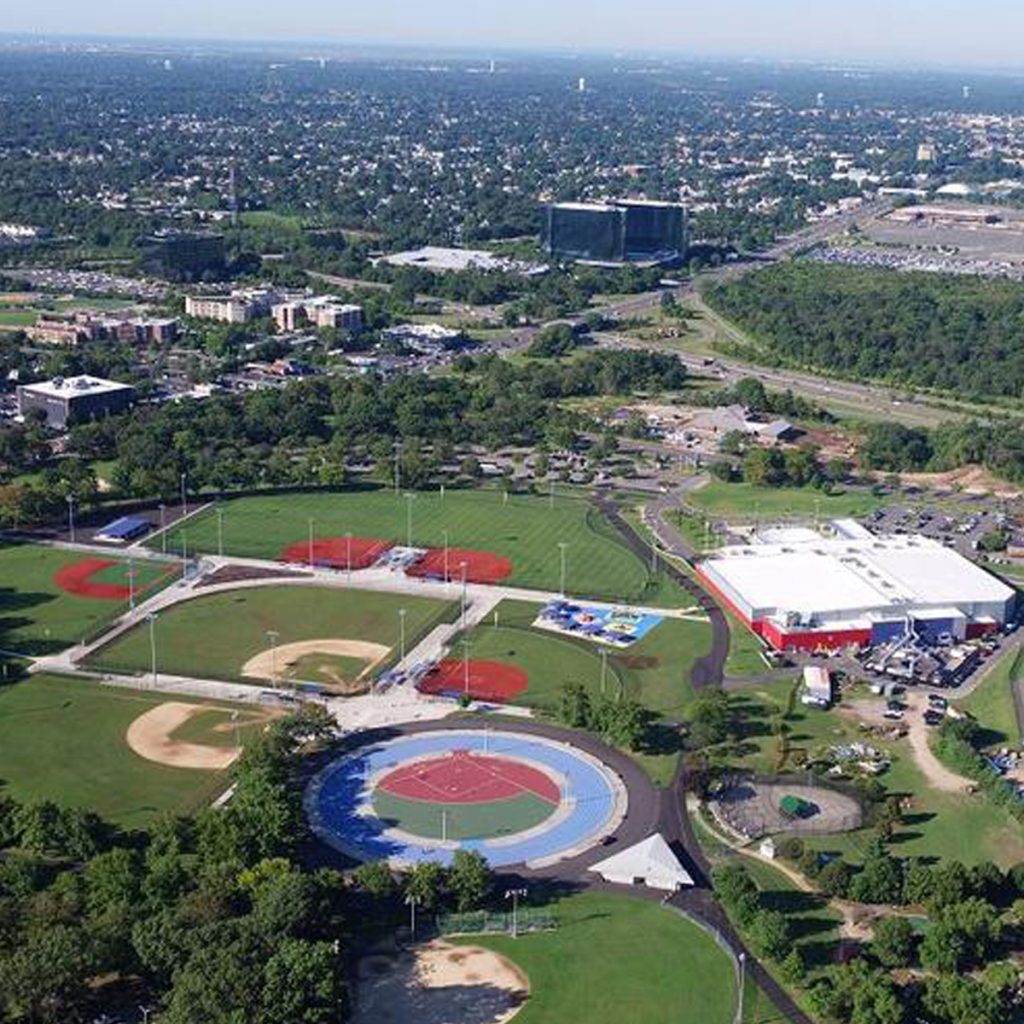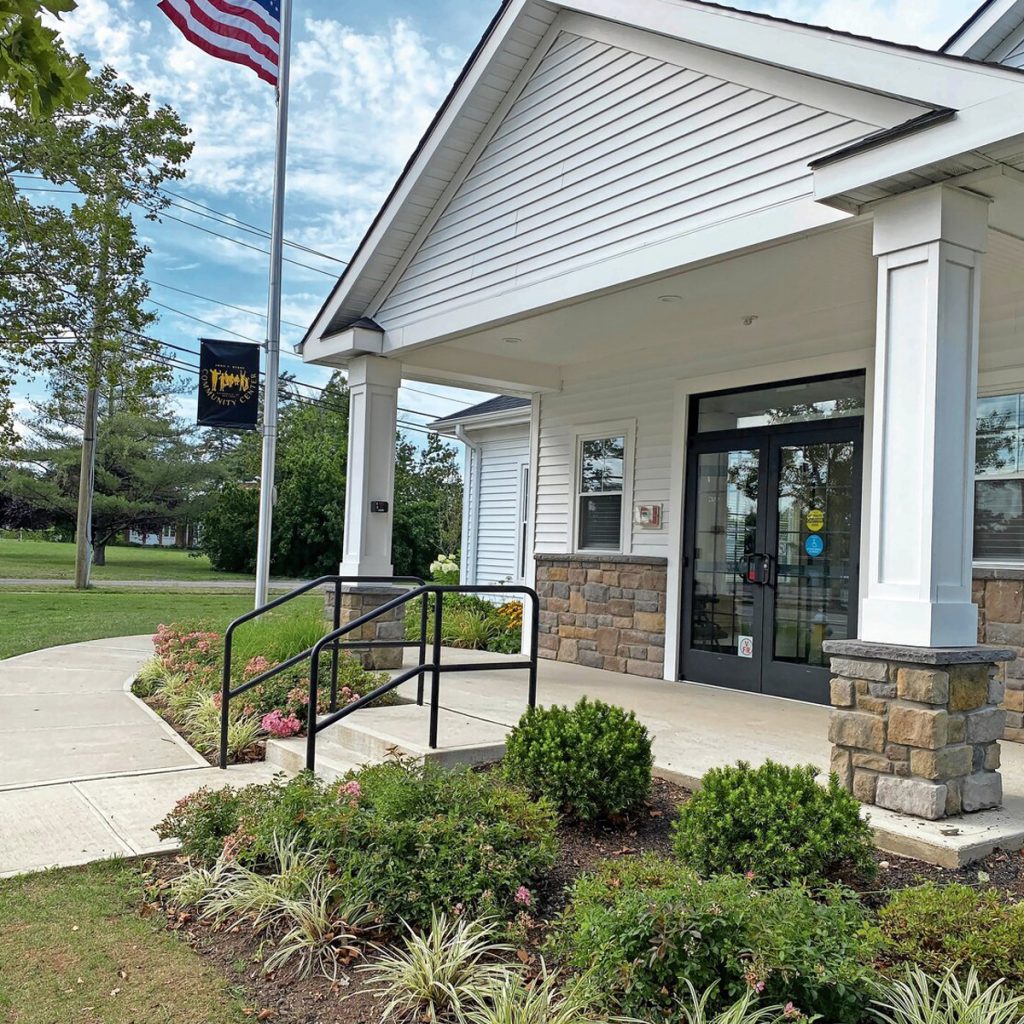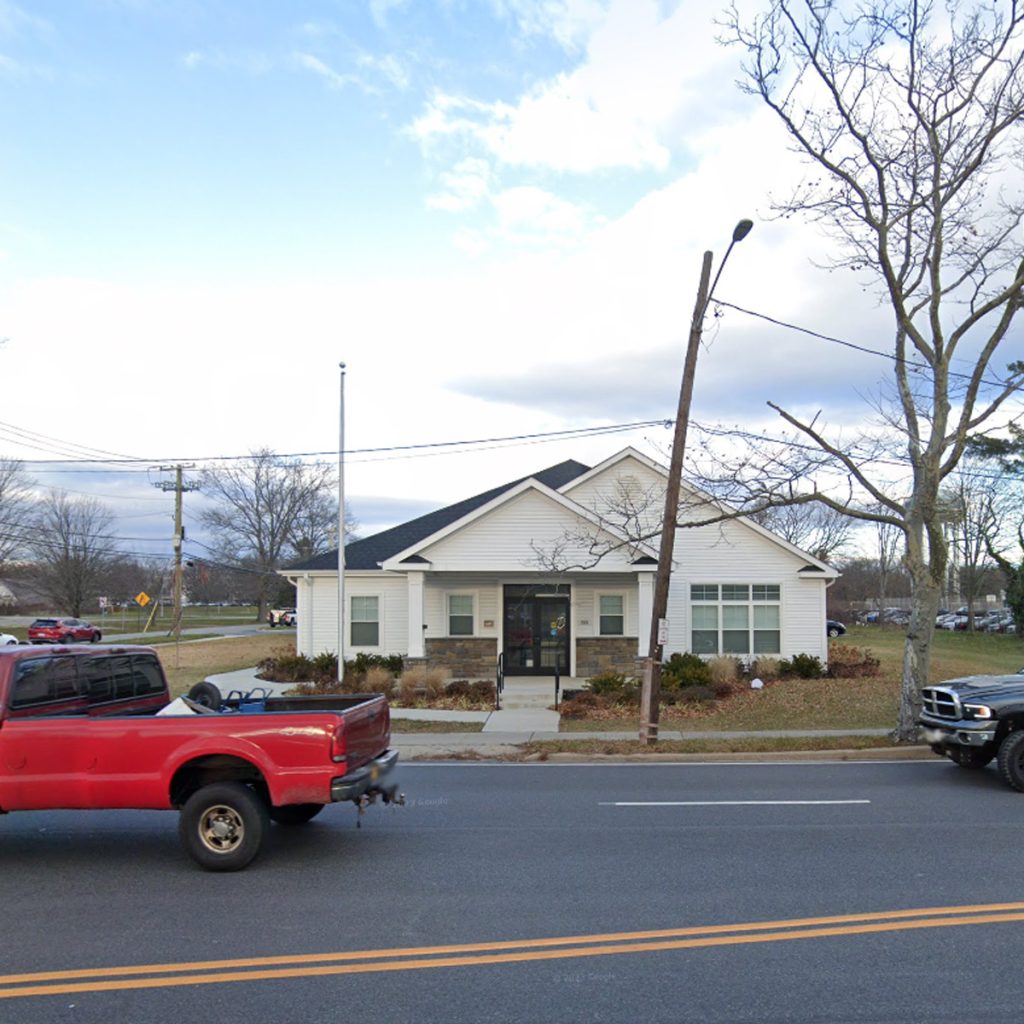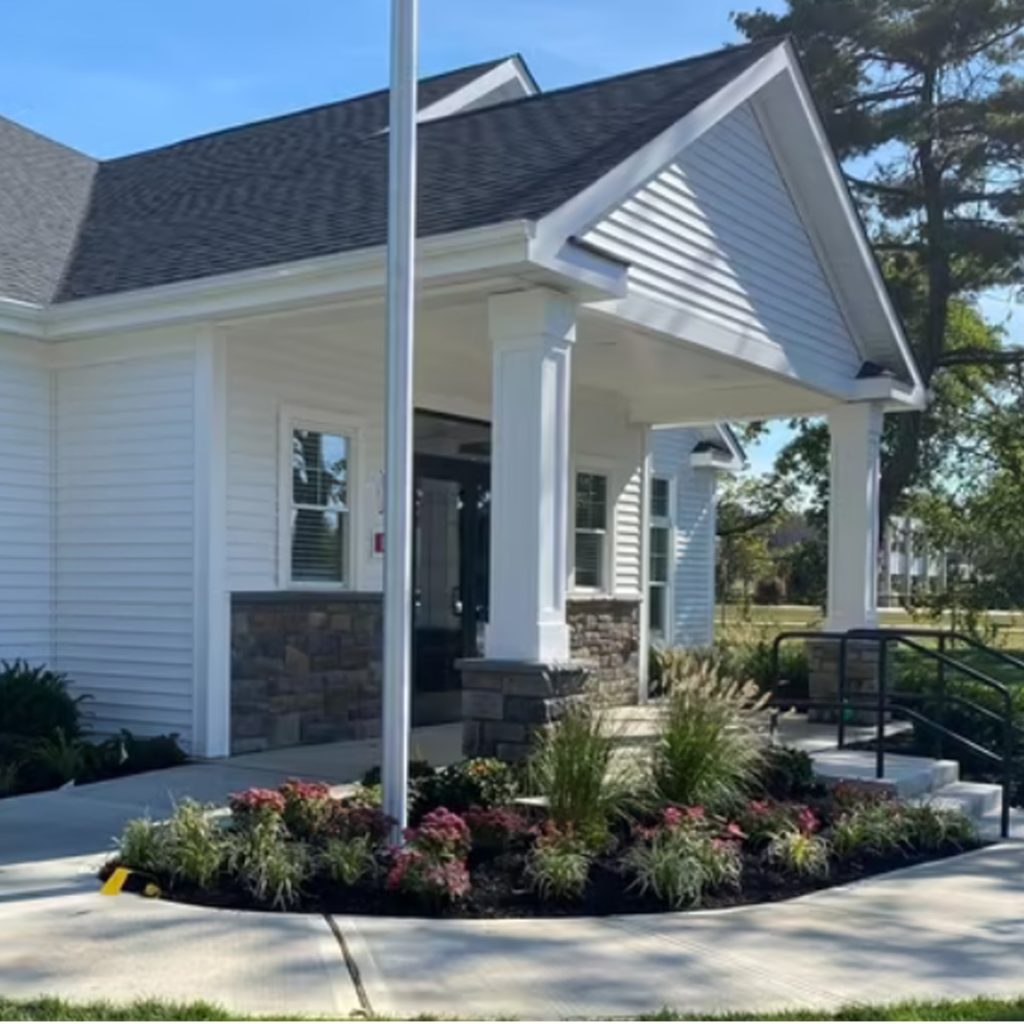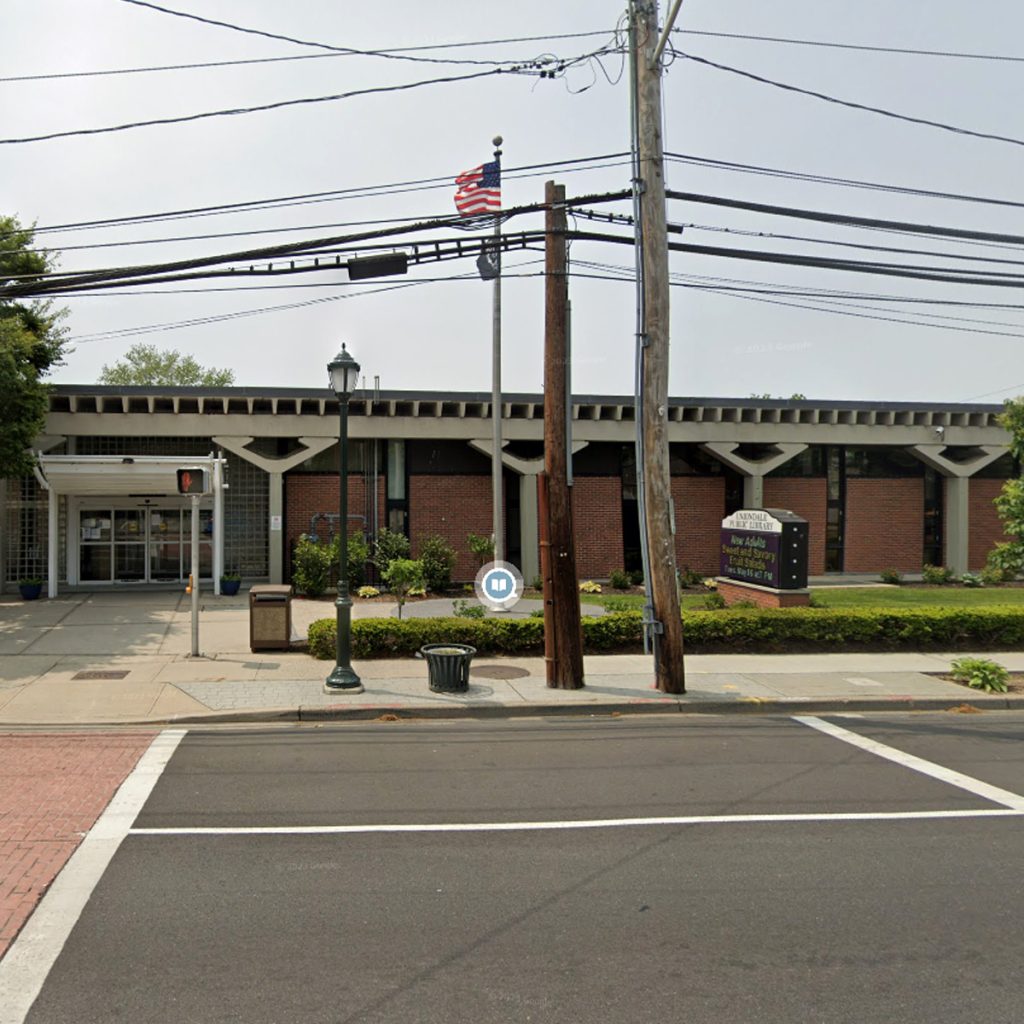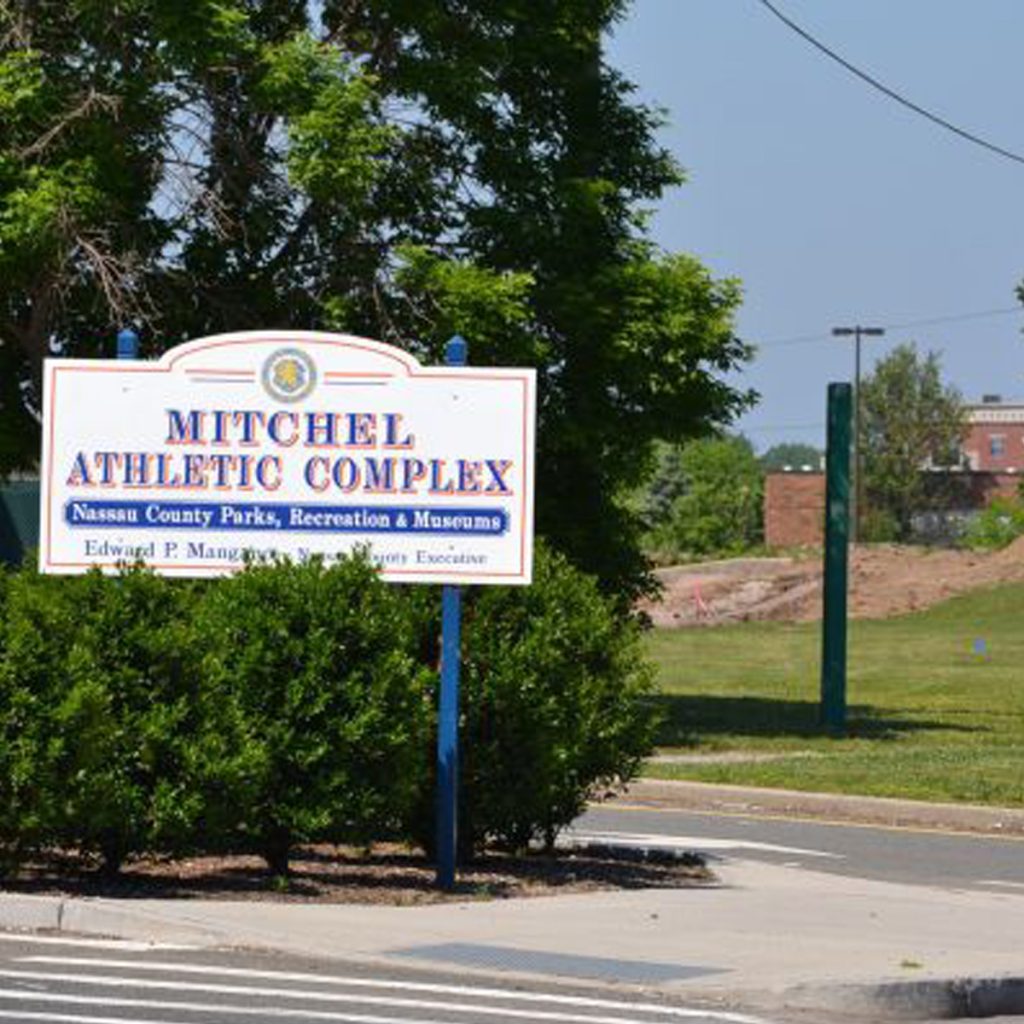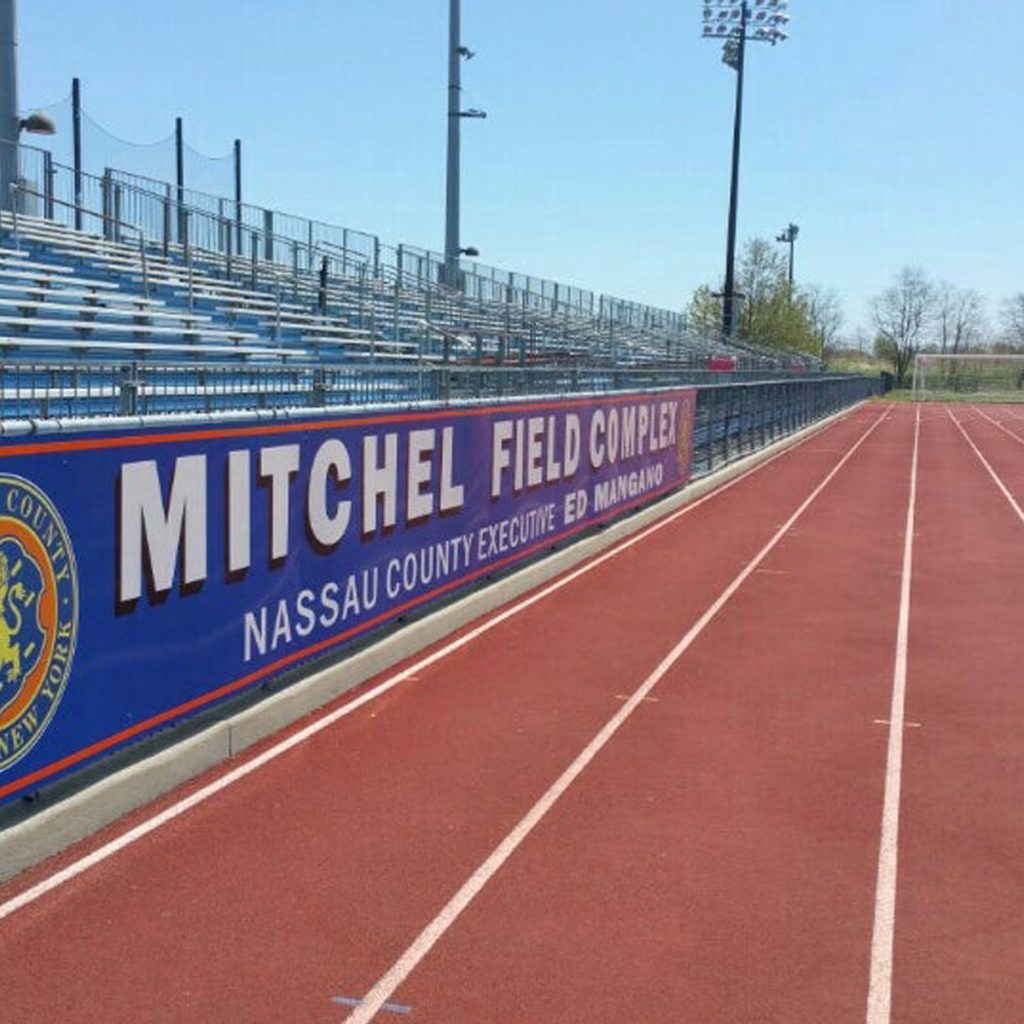Your cart is currently empty!
Year: 2024
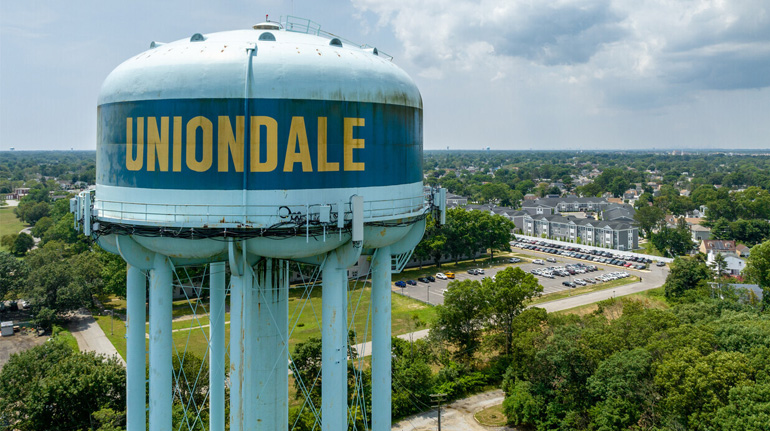
Uniondale NY Water Issues
Uniondale, New York, like many communities on Long Island, has faced water quality issues over the years. These concerns have been tied to both drinking water quality and groundwater contamination, reflecting broader challenges in the region.
Key Water Quality Issues in UniondaleGroundwater Contamination
- Industrial Pollution: Long Island, including Uniondale, has a history of industrial activity, which has led to contamination of groundwater supplies. Chemicals like volatile organic compounds (VOCs), perchloroethylene (PCE), and trichloroethylene (TCE) have been detected in various parts of Nassau County. These contaminants are often linked to industrial processes, dry cleaning operations, and military activities.
- Superfund Sites: Nassau County has several Superfund sites, areas designated by the Environmental Protection Agency (EPA) as requiring long-term cleanup due to hazardous material contamination. These sites can impact groundwater quality, affecting nearby communities like Uniondale.
Nitrate Contamination
Agricultural Runoff: Historically, Long Island’s agricultural activities contributed to nitrate contamination in groundwater. High levels of nitrates can be harmful, particularly to infants, and are often a result of fertilizer use, septic systems, and animal waste.
Septic Systems: In some parts of Long Island, aging septic systems have contributed to nitrate contamination. While Uniondale is more suburban, septic system runoff can still affect groundwater quality in areas that lack modern sewage infrastructure.Emerging Contaminants
- 1,4-Dioxane: A significant concern in recent years is the presence of 1,4-dioxane, a likely human carcinogen, in the drinking water. This synthetic industrial chemical is a stabilizer found in solvents and can also be a byproduct of certain manufacturing processes. Long Island has some of the highest levels of 1,4-dioxane contamination in the country, prompting concerns in Uniondale and neighboring communities.
- PFAS (Per– and Polyfluoroalkyl Substances): PFAS are a group of man-made chemicals used in various industrial applications and consumer products. These chemicals are persistent in the environment and have been linked to adverse health effects. They have been detected in some water supplies on Long Island, raising concerns about long-term exposure.
Drinking Water Safety
Community and Regulatory Response
- Public Water Systems: Uniondale’s drinking water is supplied by local water districts, which are responsible for ensuring the water meets safety standards set by the EPA and New York State Department of Health. The water is regularly tested for contaminants, and treatment processes are employed to remove harmful substances. However, the presence of emerging contaminants like 1,4-dioxane and PFAS has led to increased scrutiny and the need for advanced water treatment methods.
- Infrastructure Challenges: Aging water infrastructure can also contribute to water quality issues, such as lead contamination from old pipes and service lines. Efforts to replace or upgrade these systems are ongoing but can be costly and time-consuming.
- Water District Actions: Local water districts have taken steps to address these water quality issues, including the installation of advanced filtration systems to remove contaminants like 1,4-dioxane and PFAS. Public awareness campaigns and regular water quality reports help keep residents informed about the safety of their drinking water.
- State and Federal Regulations: New York State has implemented stringent regulations for contaminants like 1,4-dioxane and PFAS, setting maximum contaminant levels (MCLs) to protect public health. These regulations require water providers to monitor and treat water supplies to ensure compliance.
- Public Awareness and Advocacy: Residents of Uniondale and other Long Island communities have become increasingly vocal about water quality concerns, advocating for stronger regulations, better enforcement, and more funding for water infrastructure improvements.
Water quality in Uniondale, New York, reflects the broader environmental challenges faced by Long Island. While significant progress has been made in addressing these issues, ongoing efforts are necessary to ensure safe and clean drinking water for all residents.
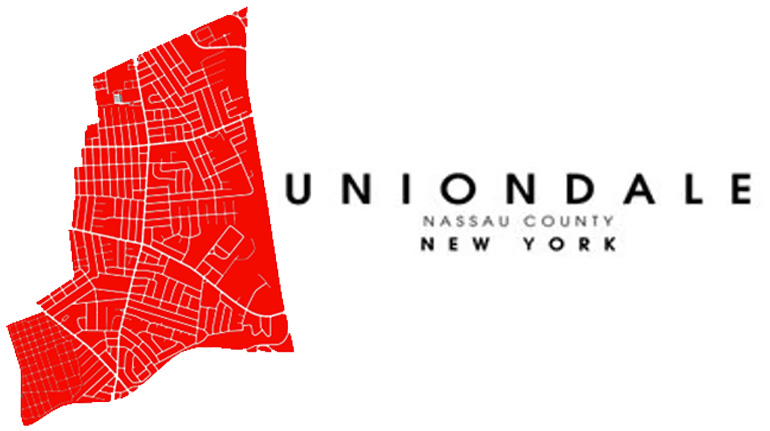
History of Uniondale New York
Uniondale, New York, is a hamlet and census-designated place (CDP) located in Nassau County on Long Island. It is part of the larger Town of Hempstead and has a rich history that reflects the broader development of Long Island.
Early History
- Indigenous Peoples: Before European settlers arrived, the area now known as Uniondale was inhabited by Native American tribes, particularly the Matinecock and Massapequa peoples.
- Colonial Period: European settlement in the region began in the 17th century, with English and Dutch colonists gradually displacing the indigenous populations. The area was primarily agricultural, with farms and small settlements.
19th Century Development
- Agriculture: Throughout the 19th century, Uniondale remained a largely rural and agricultural community. It was known for its fertile soil, which was suitable for farming and helped sustain the local economy.
- Transportation: The development of roads and, later, railroads in Nassau County improved access to the area, leading to gradual growth.
20th Century Growth
- Post-War Boom: After World War II, Uniondale experienced significant suburban development, like much of Long Island. The demand for housing grew as veterans returned home and started families, leading to a construction boom.
- Residential Suburb: Uniondale became a predominantly residential suburb during the mid-20th century. The construction of schools, parks, and shopping centers accompanied the population growth.
- Community and Diversity: Over the decades, Uniondale evolved into a diverse community, with a mix of ethnicities and cultures contributing to the area’s character. By the late 20th century, the hamlet had become known for its cultural richness and strong community ties.
Modern Era
- Nassau Veterans Memorial Coliseum: One of Uniondale’s most notable landmarks is the Nassau Veterans Memorial Coliseum, which opened in 1972. It has been a central hub for entertainment and sports, serving as the home of the New York Islanders hockey team for many years.
- Education: Uniondale is home to Hofstra University, a private institution that has contributed significantly to the area’s educational and cultural landscape.
- Current Status: Today, Uniondale is a diverse and vibrant community with a mix of residential, commercial, and educational facilities. It continues to grow and evolve, reflecting the broader trends in Nassau County and Long Island.
Notable Events and Changes
- Economic Changes: Like many suburban areas, Uniondale has faced economic challenges, particularly related to the decline of traditional retail and the shifting job market. However, it has also seen revitalization efforts aimed at boosting the local economy.
- Community Engagement: Uniondale has a strong tradition of community engagement, with local organizations and leaders playing active roles in advocating for residents and improving the quality of life.
Uniondale’s history is a microcosm of Long Island’s broader narrative, from its early agricultural roots to its transformation into a modern suburb. The hamlet remains an important part of Nassau County’s cultural and economic fabric.

